Get Perfect Wall Finishing With Drywall Tools Direct
Gypsum panels are the increasingly popular and modern methods to obtain perfect and durable walls. Even until very recently, plaster was just a safe method to lift the walls. Plaster is cheap and, if done correctly, could stay a couple of years or so, however, plastering not only require time but can also be extremely messy. With those factors in mind, it was not long before a new method of making the walls was invented, along came drywall. Drywall is a welcome alternative as there is no waste due to the fact there is no use of water and, as a result, the finish of the house can be done in half the time.
What are gypsum panels?
They are panels of hard sheets that can be used to configure the walls of your house. It is also known as gypsum board because it is made of gypsum plaster that is wedged between two thick sheets of paper, custom-made enough to become the ceiling and walls. These sheets of paper can also be replaced by fibreglass because, in wet regions, it prevents the accumulation of mould and dust mites.
Tools needed for drywall
Unlike plasterboard and plywood, certain types of tools are needed for better results and enhanced performance in your task. They may seem the same as the tools used for normal construction work, but they are often more powerful than them. If you have drywall walls and ceilings in your home, you can keep some of the following tools to maintain your drywall.
- General Purpose Knife - Probably the first item you will find in a drywall kit. It is a multipurpose knife that is used for different types of marks and cuts.

- Drywall T Square - A tool used to draw lines to cut. It has the measurement marks that give the specifications for the lines and areas you will need to cut.
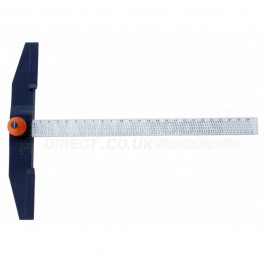
- Drywall saw - used to cut sheets of drywall like a handsaw.

- Rasp - after cutting, there are uneven edges or extra paper that may protrude at times. A rasp is used in shaving the edges.

- Keyhole saw - You can make incisions for distribution boards and electrical boxes with this. The tip of the saw is perforated for a strong placement and then moves to cut.
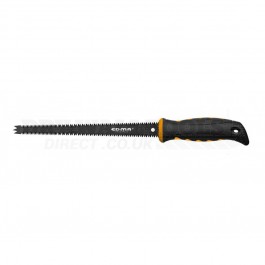
- Power Jig Saw - This is similar to a lock saw. This can be used effectively for the same purpose.
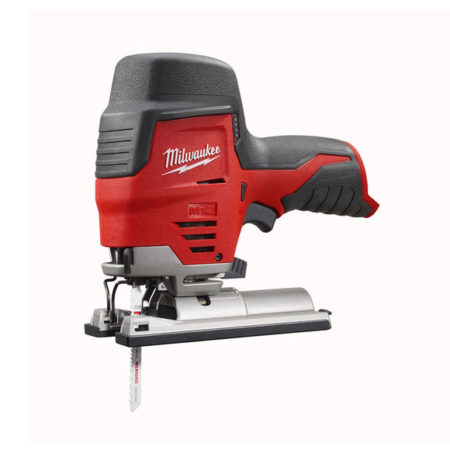
- Circle Cutter - This is used to make a clean circular incision on a Drywall board.
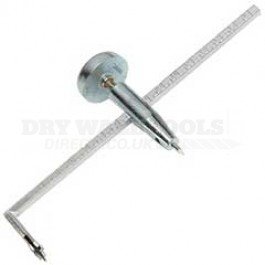
- Gypsum Board Router - For a similar circular incision to be made on a drywall board already attached to a wall or otherwise, you can use a gypsum board router. This is a motorized version of the circle cutter.
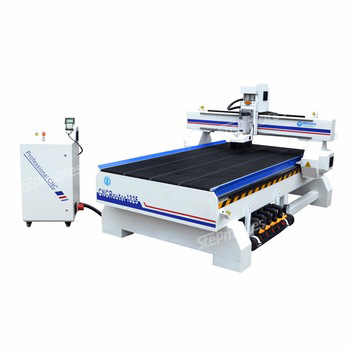
- Drywall Lifts - this is a machine that holds the boards while fixing them with nails and other accessories. It is of definitive use when you are setting a Drywall board as a false ceiling.
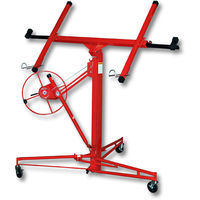
- Taping Knife - This is a knife for a better finish of the Drywall board. You can smooth all the irregular edges and rough sides with this knife.
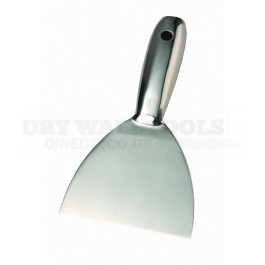
There you have it, everything you need to create and achieve the perfect finish with drywall and due to the reduction in the time it takes compared to plastering, it leaves you with more time to concentrate on other areas of your DIY to-do list.